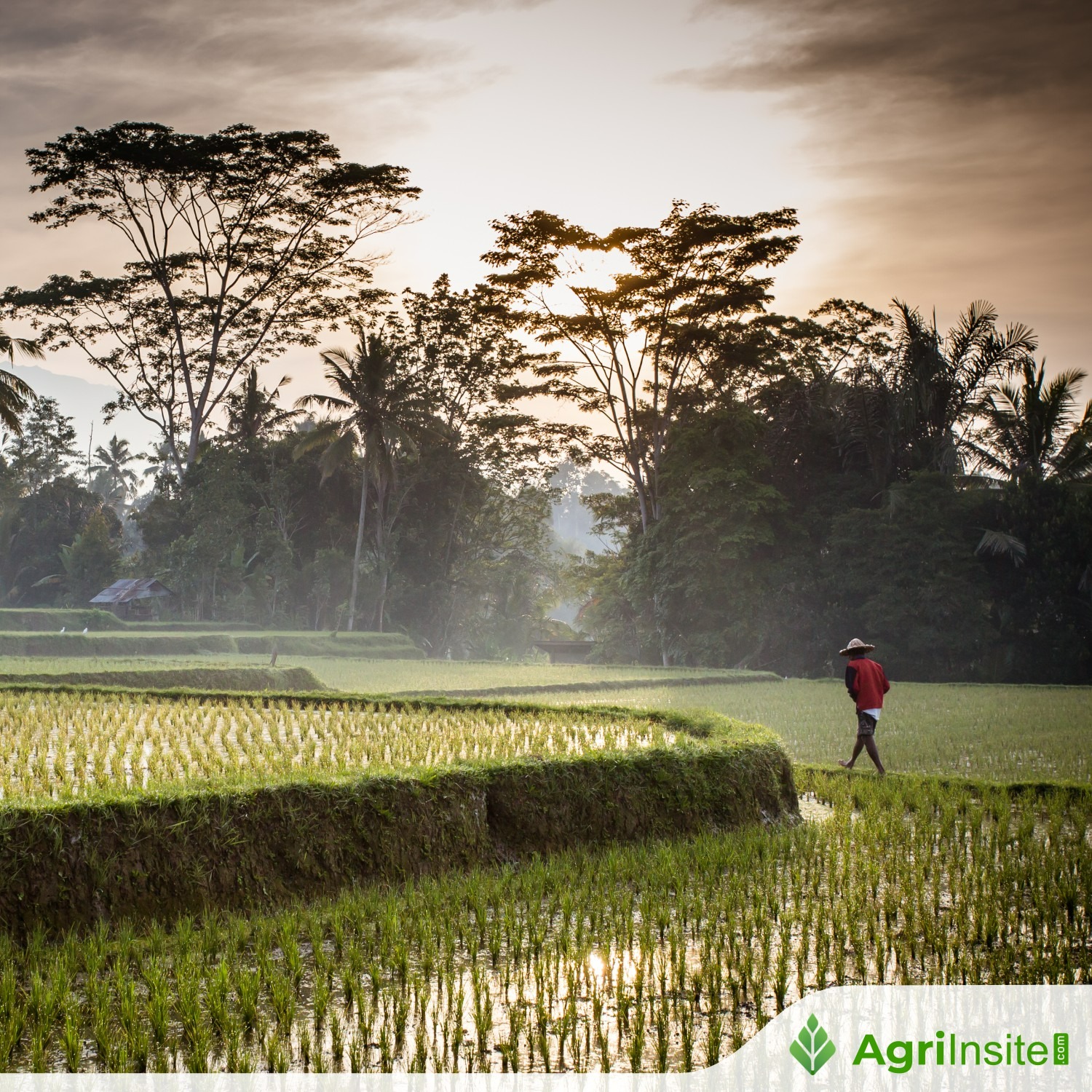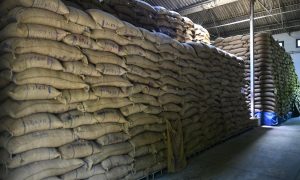Kharif Crop sowing area surges to 89 Lakh hectares, boosting farmers’ Prospects

New Delhi: Kharif crop sowing has reached 89.29 lakh hectares—up 1.48 lakh hectares from last year—thanks to favorable monsoon rains. Early increases in rice, pulses, oilseeds, and millets signal strong production potential. Higher MSPs for 14 crops, including bajra, urad, and cotton, aim to ensure farmer profitability and price stability.
New Delhi: The sowing area for kharif crops has risen to 89.29 lakh hectares this year, compared to 87.81 lakh hectares at the same point last year. This early-season increase of 1.48 lakh hectares signals the potential for higher crop production, which can boost farmer’s incomes and help stabilize food prices.
Key Crop Areas
Rice: Sowing for rice has just started, with an area of 4.53 lakh hectares as of June 13, compared to 4 lakh hectares during the same period last year.
Pulses: Areas for pulses like urad and moong have expanded to 3.07 lakh hectares from 2.6 lakh hectares, an increase of 0.49 lakh hectares that is crucial for controlling inflation through higher pulse production.
Oilseeds: The area under oilseeds has grown to 2.05 lakh hectares from 1.5 lakh hectares, indicating a positive trend in the early part of the season.
Coarse Cereals/Millets: The area for coarse cereals and millets (such as jowar, bajra, and ragi) has reached 5.89 lakh hectares so far.
Impact of Monsoon Rains
Improved monsoon rains have facilitated sowing on unirrigated lands, which constitute nearly 50% of the country’s farmland. This boost in sowing areas under favorable weather conditions is expected to support a robust production season.
Minimum Support Prices (MSP)
On May 28, the Cabinet Committee on Economic Affairs, chaired by Prime Minister Narendra Modi, approved an increase in MSP for 14 kharif crops for the 2025-26 marketing season. This decision aims to guarantee fair prices to farmers and encourage increased production.
Notable Increases
Nigerseed: Increased by Rs 820 per quintal
Ragi: Increased by Rs 596 per quintal
Cotton: Increased by Rs 589 per quintal
Sesamum: Increased by Rs 579 per quintal
The MSP policy ensures that crop prices are set at a minimum of 1.5 times the all-India weighted average cost of production. For certain crops, farmers are forecasted to earn margins well above this threshold for instance, bajra at 63%, maize and tur at 59% each, and urad at 53%. For other crops, the expected margin remains at 50%.
Total Cost Considerations
The overall cost of production includes expenses such as: Hired human labor and bullock/machine labor, Rent for leased land, Input costs like seeds, and fertilizers, Irrigation charges and depreciation on farm machinery and buildings, Interest on working capital, diesel/electricity for pump sets, and other miscellaneous expenses, and The imputed value of family labor.
This detailed cost structure ensures that farmers receive remunerative prices that adequately cover their expenditures.
To Read more about Rice News continue reading Agriinsite.com
Source : Telangana Today














